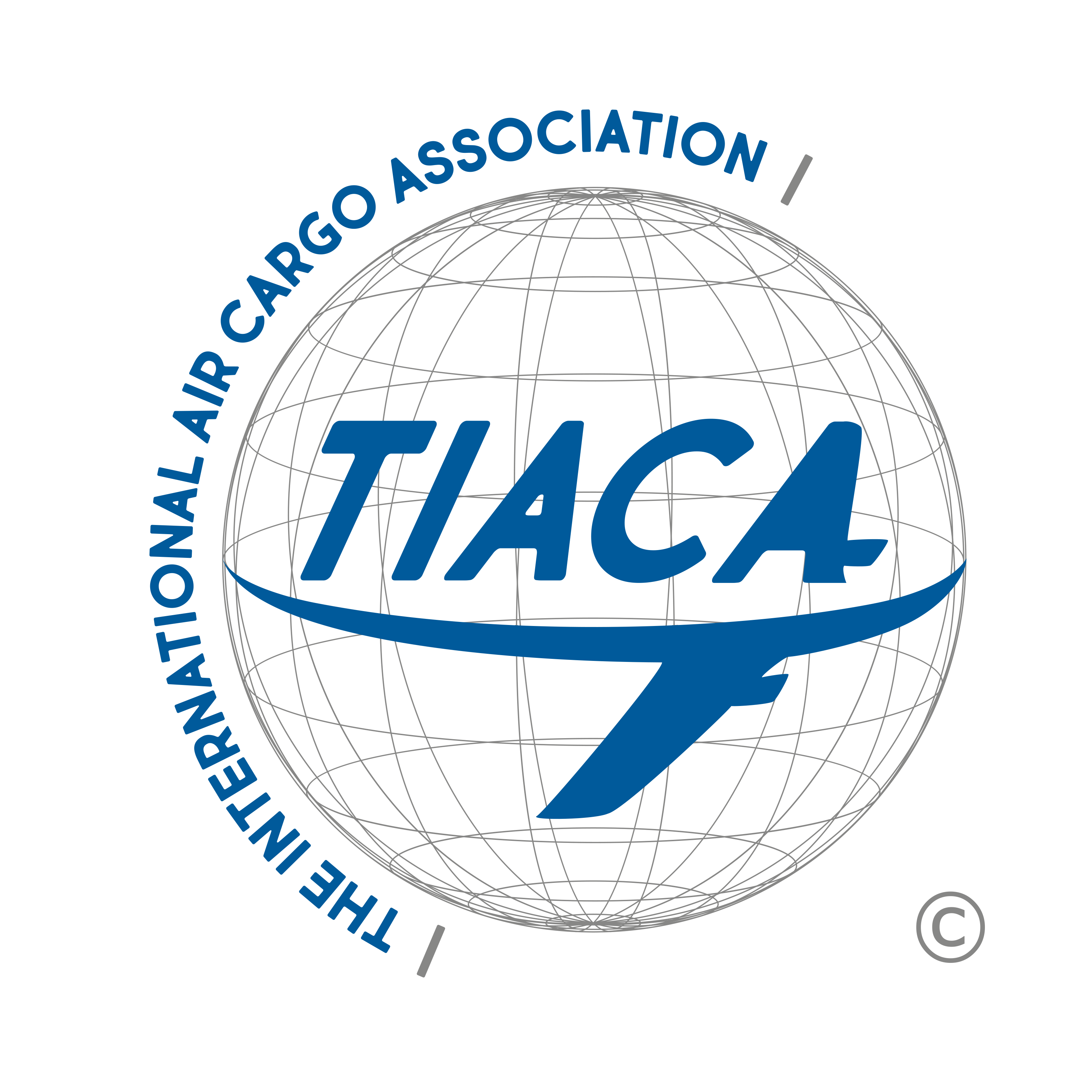CIFFA Pushes for Solutions to Ongoing Congestion in the Supply Chain
Article submitted by CIFFA – TIACA Affiliate Member
Written by: Julia Kuzeljevich, CIFFA
The Canadian Freight Forwarders Association (CIFFA) is engaged in a heavy lobbying effort with our federal government in Canada to get recognition and response towards the congestion and backlog we are seeing in Canada’s supply chain, to push for increased funding for our modal gateways and to engage all supply chain stakeholders to work collaboratively on these initiatives.
We have been successful in bringing many of the parties to the table at our various internal and external committees. We aim to work towards solutions that will help streamline the movement of goods and that will raise the awareness of the economic role cargo plays both domestically and internationally.
There are several issues and trends on the radar for CIFFA as we deal with an ongoing “peak” and head into a potential crisis this holiday season. A lack of capacity and an urgent push for inventory over the coming months will present some significant short-term challenges. The resulting impact could create great potential for long term change in the air cargo sector.
Supply and demand imbalances:
With container shipping delays and prices at a high, combined with an ongoing peak, the air cargo sector is seeing planes at full capacity and a rise in rates, as air cargo bookings are sought as an effective alternative to ocean.
Capacity is still being affected by COVID outbreaks which is affecting the scheduling and availability of staff. As the virus outbreaks rise and fall in various parts of the world, or perhaps if a bad flu season raises alarms of something worse, this will be the new normal with which we will have to contend. Problems at both origin and destination will be an ongoing issue. Supply and demand imbalance will be the case for some time, we expect.
Workforce shortages are leading to delays at terminals where it has been taking longer to break down shipments and make them ready for pickup. Holiday order demands are expected to wreak more havoc on capacity.
As in the ocean sector, we hear that chartering is on the rise amongst shippers intent on ironing out the backlogs in their supply chains, and rates have risen as a result with bids on the increase to book remaining freighter space or cargo-only passenger aircraft.
Load factors have been climbing steadily higher than any pre-Covid level, and dynamic load factors on major trade lanes have been even higher.
As countries like the U.S. open up passenger travel for vaccinated travellers with a negative COVID test, more flight capacity could create some ease on the peak season, but it seems, according to analysts, that true recovery for passenger demand will be on hold until at least sometime in 2022, if not later.
CIFFA members have identified issues with congestion on the ocean side, backing up at ports, terminals and in the dray sector. Warehouses have filled with import surges. Air cargo rate pressures and capacity have affected our membership this year as well.
While Canada has not experienced the 28 to 35 percent increased import volumes from Asia that US West Coast ports like Los Angeles-Long Beach and Seattle-Tacoma handled in January through August, the Port of Vancouver estimated year-to-date import volumes in Vancouver have increased 18 percent from the same period last year.
Fuel and energy shortages:
Fuel and energy shortages and resulting surcharges will be another trend with huge effect on the transportation sector. Transitions to greener energies will be problematic in the shorter term. Pressure on prices will be a factor. An extreme demand for coal has had pressure on the dry bulk rates in the ocean side.
The rise in prominence/attention paid to air cargo:
If there is a positive to be had resulting from the COVID pandemic, the rise in prominence of tradelanes in the air cargo sector could mean permanent changes in aviation.
A focus on the role cargo plays in the economics of aviation will weigh in over the long term on fleet and network decisions, making cargo factors a priority in decision making.

